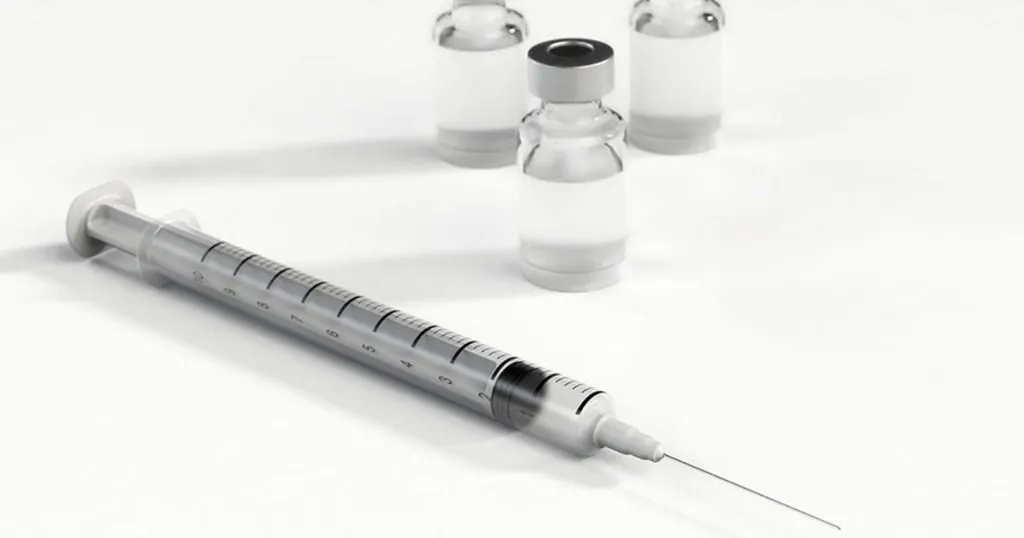The use of humor during doctor-patient interactions
How often do medical professionals use humor during the interaction with patients? After all, such positive interactions help build a relationship, establish trust, and support the exchange of relevant information.
Posted by
Published on
Wed 02 May. 2018
Topics
| Coding Behavior | Doctor-patient Interaction | Medical Encounter | The Observer XT | Video Observation |

Science has proven that laughter is healthy. Laughter is pain relieving, relaxing, and helps people deal with their fears. These are all important factors that patients often have to deal with. How nice would it be if while during a visit to the doctor or during a hospital stay, you could forget your pain, relax, and be less anxious, if only just for a moment?
However, how often is humor actually used during doctor-patient interactions?
Aiming for positive health outcomes
A review about doctor-patient communication shows that positive interactions help build a relationship, establish trust, and support the exchange of accurate and relevant information [1]. All of these benefits can contribute to achieve positive health outcomes.
Humor reduces anxiety, puts things in perspective, affects connectedness, and brings some warmth into an interaction that can otherwise be formal, cold, and distant. In short, humor is gold in the hands of health care providers. Besides, you don’t have to put a red clown nose on to bring some humor into the equation!
To characterize the logistics of humor in medical encounters, e.g. frequency, who introduces it, or what it is about, researcher Phillips and her team analyzed audio/video-recorded clinical encounters to describe the frequency and other features of humor in outpatient primary and specialty care visits [2].

Coding the presence and frequency of humor
The researchers included 51 videos that were recorded in specialty care, and 61 videos that were recorded in primary care. They aimed to quantify and evaluate the use of humor.
Beforehand, they defined what constitutes an instance of humor, calibrated the coding, and identified variables to collect, such as expressions of laughter and jokes. Humor was defined as a statement made with the intent to make others in the room laugh or react positively and to which a positive response was elicited.
The researchers accomplished the coding through the use of the software The Observer XT. The use of humor was coded as a binary variable (humor present or absent during the whole visit) and a quantitative variable (how many times humor was noted in the visit). For each instance of humor within the encounter, reviewers recorded:
- who introduced humor (patient, provider or guest)
- timing (introduction, history taking, physical examination, or counseling)
- subject
- apparent function of the humor
- whether the instance was a single statement (“dead end”) or resulted in a string of humorous back-and-forth comments
Next, a comparison was made between the amount of encounters with humor by setting, decision aid use, and participant gender.
The benefits of humor during the counseling part of a medical encounter
Humor was present in 59% of the medical encounters, which were an average of 30 minutes. On average, there were two humorous moments per encounter. The researchers did not find any differences regarding gender of the participant, setting (primary- or specialty care), and encounters with and without shared decision-making tools. However, they did find that more humor was used when the doctor and patient were of the same gender.
Doctors and patients used humor most often during the counseling part of the visit. This is when they discuss subjects such as the diagnosis, treatment, and other potentially difficult topics. Humor allows doctors and patients to handle these otherwise uncomfortable topics more easily.
What about patient satisfaction?
The most common subject of humor were the patients’ medical condition, treatment, and tests. It was often limited to one-line exchanges.
Humor was mostly used to relate to general life events and circumstances. For example, patients and doctors commonly discussed pets or spouses in humorous ways. This allowed for connection on a simple level, which could serve as an introduction for more serious and intimate conversations. An improved personal connection may explain the increased patient satisfaction noted in visits with more humor.
Although this study encountered several limitations, such as the lack of confirming judgements regarding the humorous intent of each statement made with the patients, it does support the idea that humor is a tool that can be used to discuss difficult topics and bring warmth into a medical encounter.
References
- Ha, J.F.; Longnecker, N. (2010). Doctor-patient communication: A review. The Ochsner Journal, 10, 38–43.
- Phillips, K.A.; Ospina, N.S.; Rodriguez-Gutierrez, R.; Castaneda-Guarderas, A.; Gionfriddo, M.R.; Branda, M. & Montori, V. (2018). Humor During Clinical Practice: Analysis of Recorded Clinical Encounters. Journal of the American Board of Family Medicine, 31 (2), 270-278.
Related Posts

Evaluating the effectiveness of simulation in healthcare

Investigating the relationships between the immune system and the brain

